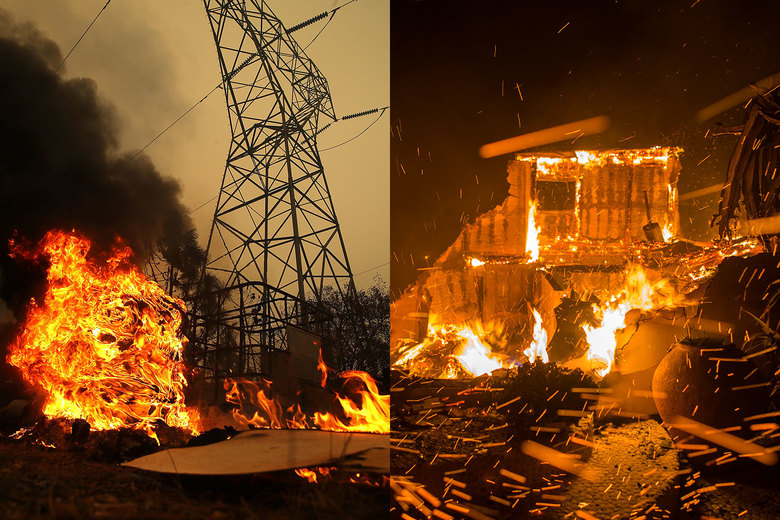Credit: Elijah Nouvelage / Getty Images
The voices of those with disabilities need to be heard and included in all disaster preparedness planning. Here is a powerful article written by a wheelchair user who uses a ventilator on ways you can support people with disabilities as frequent natural disasters have become the worsening normal with climate change.
Climate change is real. Frequent natural disasters are the new normal. Right now, disabled advocates are working with communities all over the state connecting them to the help they need. Community organizations and informal networks need support coordinating services and providing direct assistance. Our lives are at stake and thoughts and prayers are not enough. Below are some ways you can support people with disabilities and the general population during these wildfires and the ones to come in the near future.
1. Ability Tools is a program of the California Foundation for Independent Living Centers, providing medical equipment, daily living aids, and technology to people in shelters who need them. They are currently taking donations, and you can contact them via Facebook or by calling 1-800-390-2699 (1-800-900-0706 TTY). Support them by donating money or equipment in good condition.
2. Donate to the Portlight Strategies/Partnership for Inclusive Disaster Strategies, a national organization on disability rights, accessibility and inclusion related to disaster operations. It manages a 24-hour disaster hotline for for people with disabilities and others with access and functional needs (1-800-626-4959 or info@disasterstrategy.org)
3. Give money to Mask Oakland, a volunteer group of queer disabled people delivering free N95 respirator masks to Oakland’s most vulnerable. They use donations to buy more masks and post receipts of all their purchases. Twitter: @MaskOakland; Venmo: @maskoakland.
4. Donate to the Northern California Fire Relief Fund by the North Valley Community Foundation to raise money to support the operations of organizations sheltering evacuees of the Camp Fire.
5. Give to Supplying Aid to Victims of Emergency (SAVE) program from the California Fire Foundation, which gives $100 gift cards to people impacted by wildfires including firefighters and civilians.
















